Tag: resuscitation
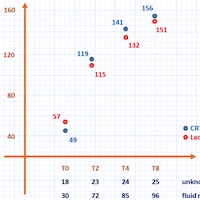
Should We Stop Trending Lactate in Septic Shock?
There may be a tendency to cement guideline recommendations into our collective minds as inalienable and sacrosanct – as if carved onto stone tablets and brought down to us from the heights of Mount Sinai. Thoughtful medicine,... read more
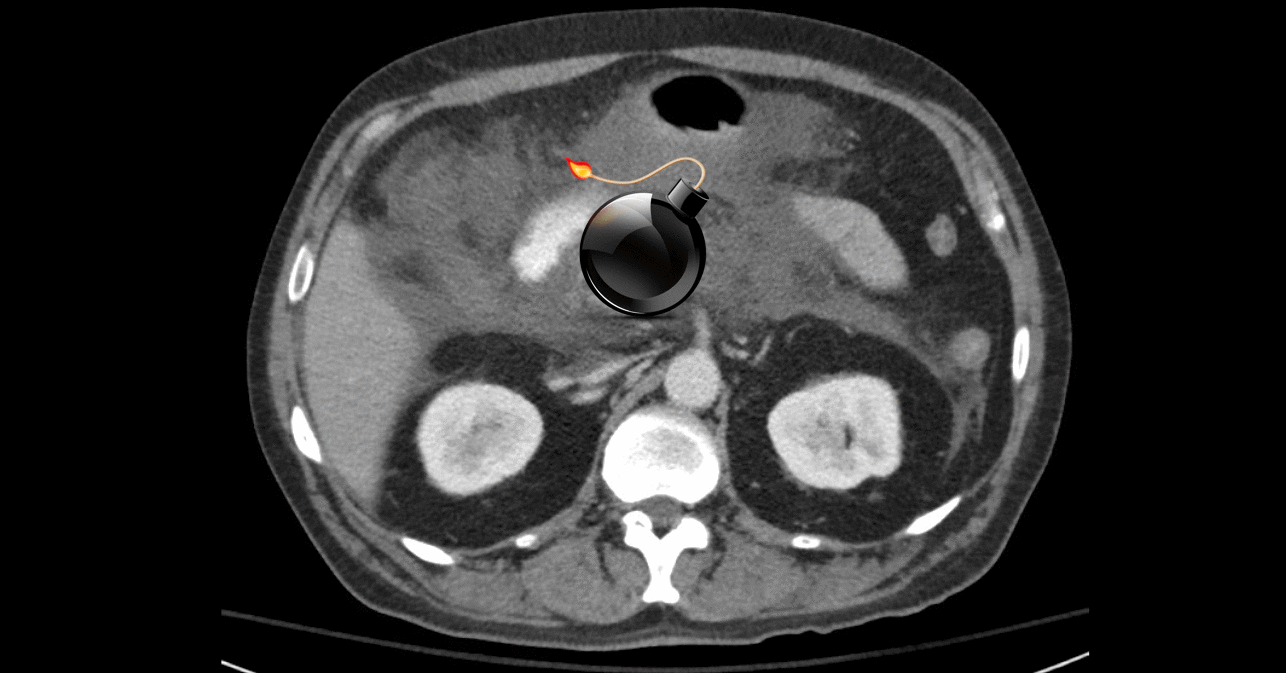
Hypertriglyceridemic pancreatitis: Can we defuse the bomb?
Hypertriglyceridemia causes ~9% of pancreatitis, the third most common cause after alcohol and gallstones. It is a risk factor for severe pancreatitis, making it more frequent among ICU patients with pancreatitis. I see... read more
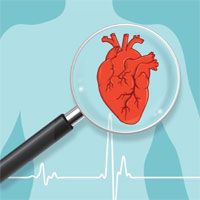
Hoopla Aside, hs-cTnI is Not Catching Missed Mis
We have been searching for a tool to identify myocardial infarction patients who are truly safe for discharge ever since Pope, et al., found that we were discharging two percent of patients with MIs from the emergency department.... read more

Unintended Consequences: Fluid Resuscitation Worsens Shock in an Ovine Model of Endotoxemia
Fluid resuscitation resulted in a paradoxical increase in vasopressor requirement. Additionally, it did not result in improvements in any of the measured microcirculatory- or organ-specific markers measured. The increase... read more
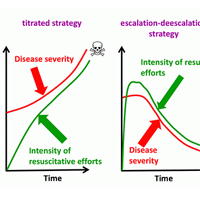
Metabolic Sepsis Resuscitation
There are roughly two strategies for adjusting the intensity of treatment: Titrated strategy: Treatment intensity is adjusted to match the severity of the disease. Escalation-deescalation strategy: Treatment intensity is... read more
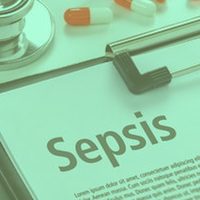
Host Genetic Variants in Sepsis Risk
Published data revealed that host genetic variants have a substantial influence on sepsis susceptibility. However, the results have been inconsistent. We aimed to systematically review the published studies and quantitatively... read more
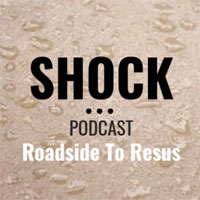
Shock: Roadside to Resus
If you're involved in the care of critically unwell patients then you will frequently encounter patients who are shocked. The European Society of Intensive Care Medicine defines shock as; "Life-threatening, generalized... read more

The Shocked Intubation: Definitive Airway Sans Hypotension
Not many aspects of Emergency Medicine define our specialty better than resuscitation, and few concepts exemplify resuscitation better than shock and intubation. Yet few words together strike greater fear in the minds of... read more

Patient-tailored Triage Decisions by Anesthesiologist-staffed Prehospital Critical Care Teams
The primary objective was to estimate the incidence of patients in the Central Denmark Region triaged to bypass the local emergency department without being part of a predefined fast-track protocol. The secondary objective... read more
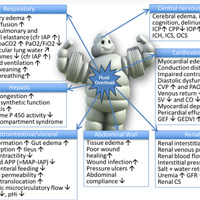
Principles of Fluid Management and Stewardship in Septic Shock
There are only four major indications for fluid administration in the critically ill: resuscitation, maintenance, replacement and nutrition (enteral or parenteral). In this review, a conceptual framework is presented looking... read more
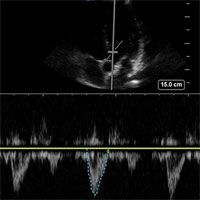
Fluid Responsiveness in a Hemodynamically Unstable Patient
Only half of patients who are hemodynamically unstable will respond to a fluid bolus. There are no historical or physical examination findings that can help us decide whether a patient is a fluid responder, but we must treat... read more
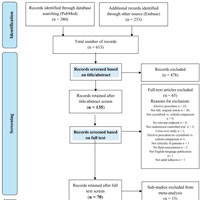
Crystalloids vs. Colloids for Fluid Resuscitation in the ICU
This systematic review and meta-analysis, which included only high-level evidence from randomized, controlled trials (RCTs) conducted in intensive care settings, revealed that crystalloids were less effective than colloids... read more

Optimum Chest Compression Point for CPR in Children Revisited Using a 3D Coordinate System Imposed on CT
The optimum chest compression site (P_optimum) in children is debated: European Resuscitation Council recommends one finger breadth above the xiphisternal joint, whereas American Heart Association proposes the lower sternal... read more

The Patients Were Saved. That’s Why the Families Are Suing
What happened to Beatrice Weisman before dawn on Aug. 29, 2013, was not supposed to happen: The medical staff at Maryland General Hospital found her in cardiac arrest, resuscitated her and kept her alive. The matriarch of... read more




